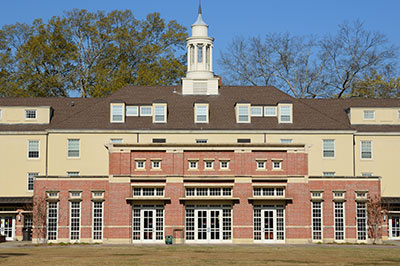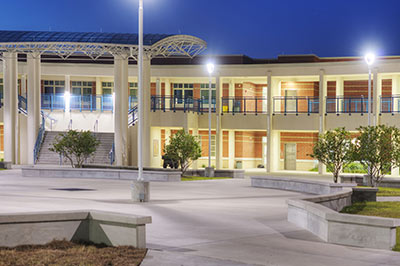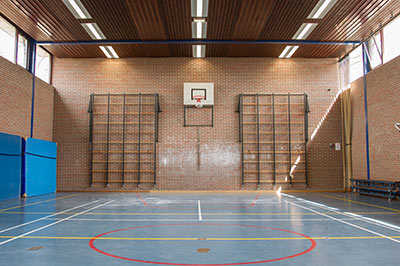 Chan, T. C. (2013). The primary goal of the study was to examine green environmental practices exercised in maintaining healthy schools in Atlanta. A forty item researcher developed instrument was used to survey 30 randomly sampled schools in the Atlanta area. Analysis did not find any relationship between green school implementation and school building age, school ethnicity, and socioeconomic status of school communities. Dr. Chan noted: "Recognizing the importance of green school programs to the future generation, school leaders need to commit themselves to establishing green school development policies, adopting sustainable school designs, initiating substantial green school operating practices, and developing educational programs to promote green school concepts. School leaders have a major responsibility in turning our schools green.
Chan, T. C. (2013). The primary goal of the study was to examine green environmental practices exercised in maintaining healthy schools in Atlanta. A forty item researcher developed instrument was used to survey 30 randomly sampled schools in the Atlanta area. Analysis did not find any relationship between green school implementation and school building age, school ethnicity, and socioeconomic status of school communities. Dr. Chan noted: "Recognizing the importance of green school programs to the future generation, school leaders need to commit themselves to establishing green school development policies, adopting sustainable school designs, initiating substantial green school operating practices, and developing educational programs to promote green school concepts. School leaders have a major responsibility in turning our schools green.
Keywords: green school, school environment, resource conservation, school facility planning, school renovation, school maintenance, school sustainability



 Tanner, C. K. (2013). Dr. Tanner conducted his research about new learning environments being built and took into consideration numerous variables. For example, school systems consider the instructional needs of the students they serve, enrollment, and whether to replace or remodel an old building. The concept of “going green” encourages school system planners to consider the natural surroundings and built environment that surrounds the school, thereby allowing the school's architecture to match its surroundings. This notion has sparked an interest in sustainable design, which may best be explained as minimizing the harmful effects of the building on the environment. It further extends to the theory of biophilia or a natural attraction to living systems. Sustainability and the biophilia premise go far beyond just following new codes for construction and materials related to Leadership in Energy and Environmental Design certification. They link directly to aesthetics.
Tanner, C. K. (2013). Dr. Tanner conducted his research about new learning environments being built and took into consideration numerous variables. For example, school systems consider the instructional needs of the students they serve, enrollment, and whether to replace or remodel an old building. The concept of “going green” encourages school system planners to consider the natural surroundings and built environment that surrounds the school, thereby allowing the school's architecture to match its surroundings. This notion has sparked an interest in sustainable design, which may best be explained as minimizing the harmful effects of the building on the environment. It further extends to the theory of biophilia or a natural attraction to living systems. Sustainability and the biophilia premise go far beyond just following new codes for construction and materials related to Leadership in Energy and Environmental Design certification. They link directly to aesthetics.






